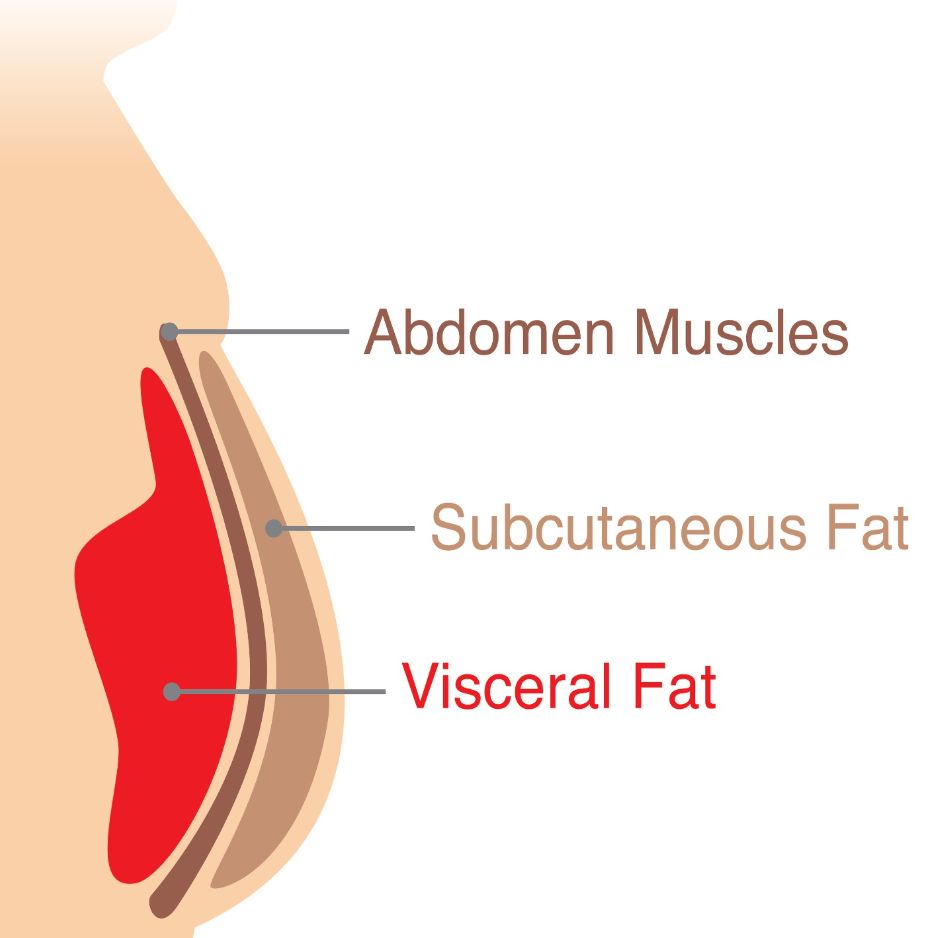Functional Training: Building Strength for Everyday Life

The Rise of Functional Training
Functional training has gained popularity as a fitness method that aims to boost strength and enhance movement skills for performance in daily activities. Compared to weightlifting that targets individual muscles separately, functional training involves exercises that replicate real-life movements. By incorporating this training approach into your routine, you can enhance your mobility, strengthen your core muscles, and lower the chances of getting injured during tasks.
Movement Patterns and Natural Abilities
Functional training offers an advantage by emphasizing movement patterns that align with our innate physical abilities as humans do best when moving naturally and purposefully. Functional exercises work to enhance and reinforce these instinctual movements; take squatting for instance—it's a basic movement pattern that we commonly utilize in our daily activities such as sitting down or lifting objects. By honing our squatting technique through structured practice sessions, we can boost our proficiency in executing this movement with safety and efficiency in our everyday routines.

The Importance of Core Strength
Functional training also emphasizes the significance of core strength beyond focusing solely on abdominal muscles. It encompasses all torso muscles crucial for body stabilization and balance maintenance to execute daily tasks effortlessly and prevent injuries and strain effectively through exercises like planks and rotational movements that contribute to establishing a stable core base.
Balance and Coordination
Functional training also highlights the significance of maintaining balance and coordination in your workouts. Various exercises necessitate stabilizing your body during movement to enhance balance. This focus on balance becomes particularly valuable with age as it aids in preventing falls and injuries. Engaging in activities such as single-leg deadlifts or standing on one leg while doing upper body exercises can boost your coordination and stability effectively.
Reducing Injury Risk
Adding workouts to your schedule can also lower the chances of getting hurt. When you strengthen your muscles and enhance your movement patterns through these exercises, you're safeguarding your body against the wear and tear of daily activities. Functional workouts typically engage muscle groups simultaneously enhancing your strength and endurance holistically.
Flexibility and Accessibility of Functional Training
Functional training is flexible. It can be adjusted to meet the needs of individuals at any fitness level—whether you're just starting out or have been active for a while. Incorporating exercises into your workout regimen can be beneficial for everyone. Begin by practicing movements and then progress to more challenging exercises as you feel more confident and capable.
Home Workouts and Simple Tools
Adding exercises to your daily routine doesn't mean you have to join a gym or buy expensive gear; there are plenty of workouts you can easily accomplish at home using simple tools like resistance bands or dumbbells. Even just relying on your own body weight is effective too! The important thing is to concentrate on exercises that replicate the movements you regularly engage in throughout your day.
Conclusion
In summary, incorporating training into your fitness routine can help you become stronger and better equipped for daily activities. By emphasizing movements, core stability, balance, and coordination, you can boost your well-being and lower the chances of getting hurt. Whether you aim to enhance your abilities or just want to move with ease in your everyday life, functional training provides a realistic and advantageous method for staying active.


